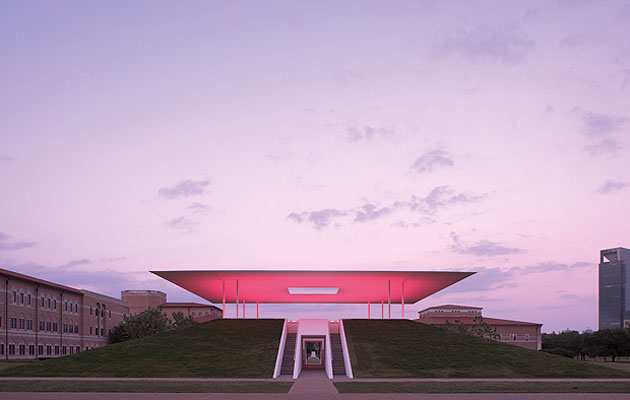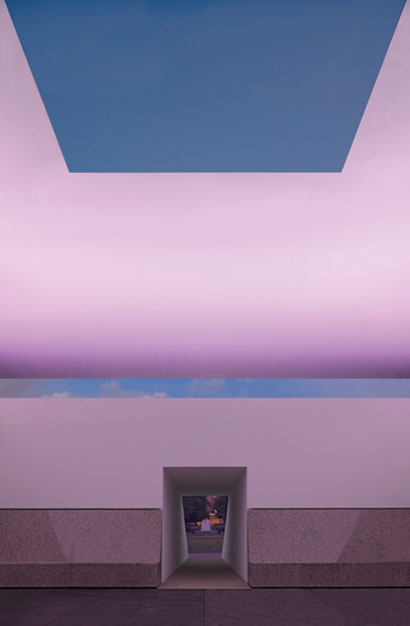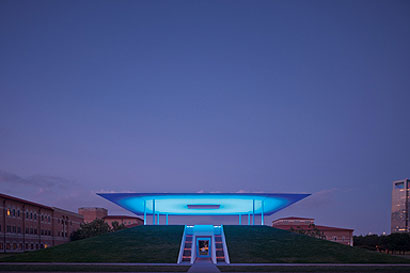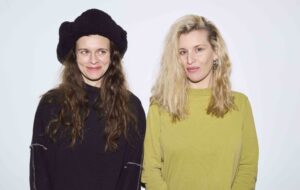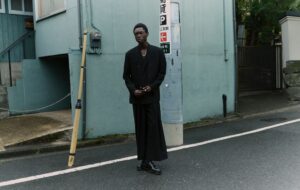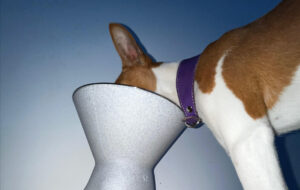|
|
||
|
Is the sky blue? Not really. We perceive it as blue because of the way light is scattered, but it actually encompasses a rainbow of shades. This is not news to 69-year-old artist James Turrell, who has been framing the sky – and its full, radiant spectrum of colours – for audiences since the sixties, when he was a leading member of the Light and Space movement in California. Turrell designs minimal structures that have apertures where the roof should be. In places with clement weather these buildings, which the artist deems “skyspaces”, allow visitors to meditate on the changing hues of the sky, without any intervening buildings, trees or other distractions. One of his best-loved works is the Live Oak Friends Meeting house, a Quaker chapel in Houston, which opened in 2001. Now Houston boasts another Turrell skyspace, the Twilight Epiphany. Unlike the other 73, scattered across 25 different countries, this skyspace is specially designed for acoustics. Each of the four walls, which are slanted for maximum resonance, contain three invisible speakers. Rice University, where the building is located, will regularly schedule concerts inside the building.
Even without a concert, visitors are guaranteed a show. Forty-minute LED light sequences will occur just before sunrise and sunset. Visitors must reserve one of the 120 seats (44 of which, on the lower floor, are made of pink and grey Texas granite) ahead of time, though there is no fee. Turrell’s continuing and, some might say, quixotic project is the Roden Crater, a 400,000-year-old, two-mile-wide crater the artist bought in 1979, where he has been moving tons of earth to carve out viewing chambers and tunnels. Smaller scale projects such as the skyspaces give a sense of what this majestic enterprise might offer – a symphony of light. Turrell sees his work as a way of getting audiences to become more aware of the prejudices inherent in perception. “The world we perceive is formed by how we have learned to perceive,” Turrell explained in a 2011 interview. “We attach meaning to things – like green is go, red is stop, blue is cold and red is hot, although the opposite is true. When you heat something up, it will go from red towards blue and white. The hotter it is, it’s going to be more blue than red. But we’ve learned it the other way, so that’s the way we’re going to see it.”
|
Image Paul Hester
Words Claire Barliant |
|
|
||

